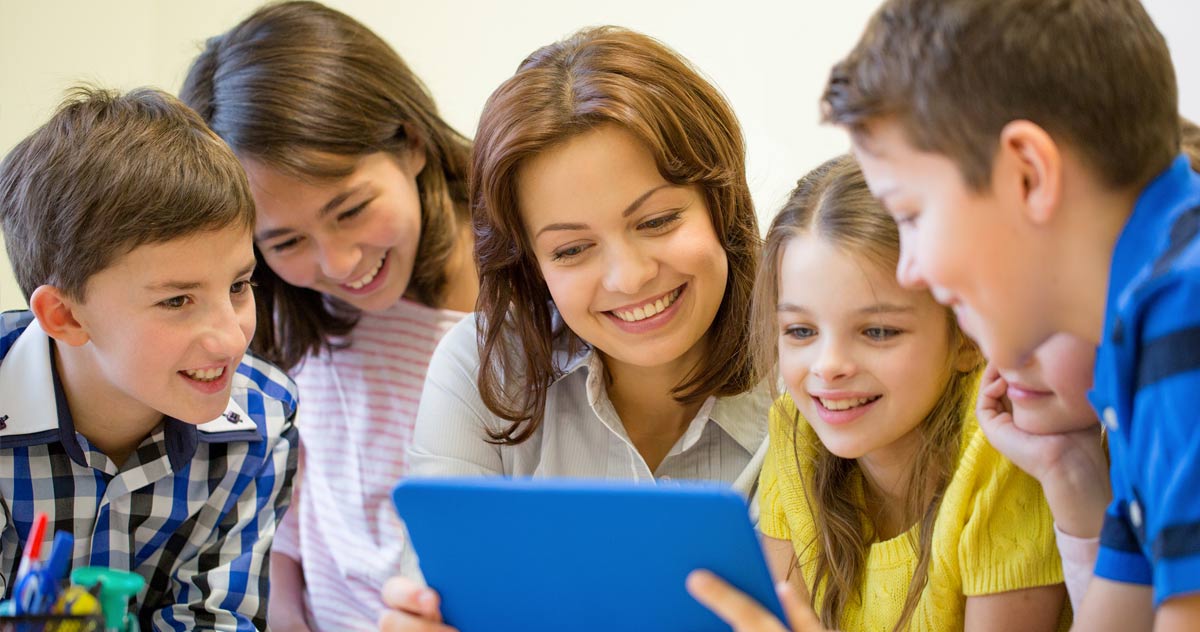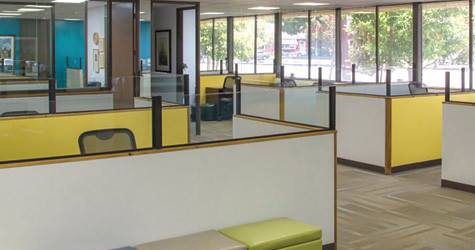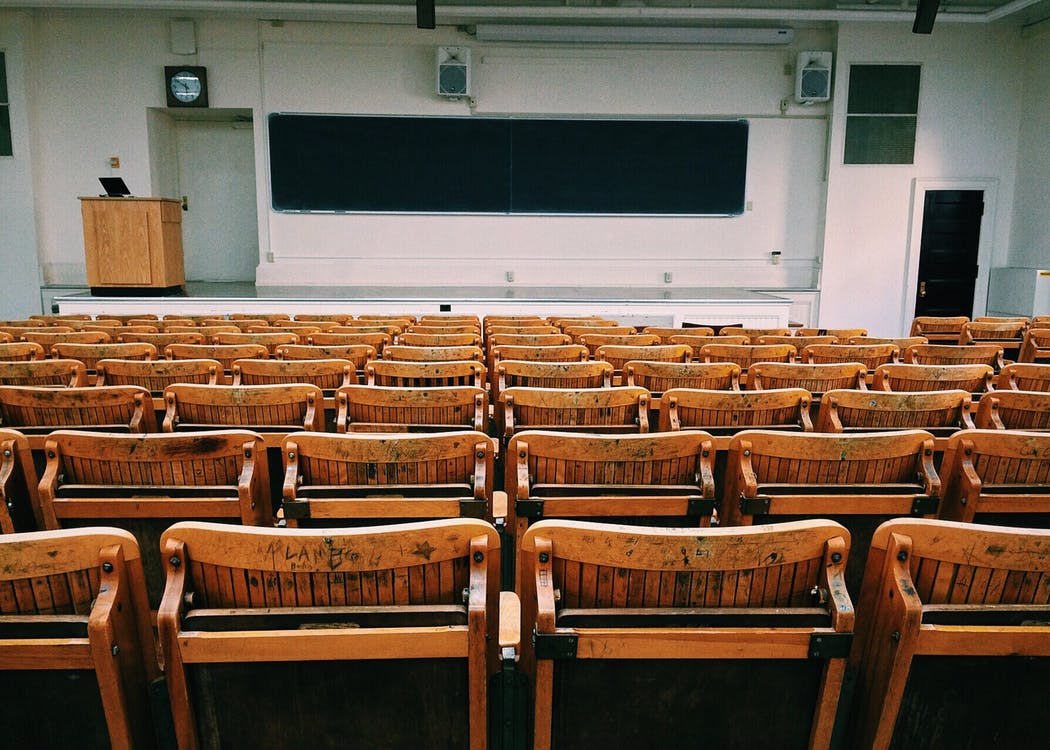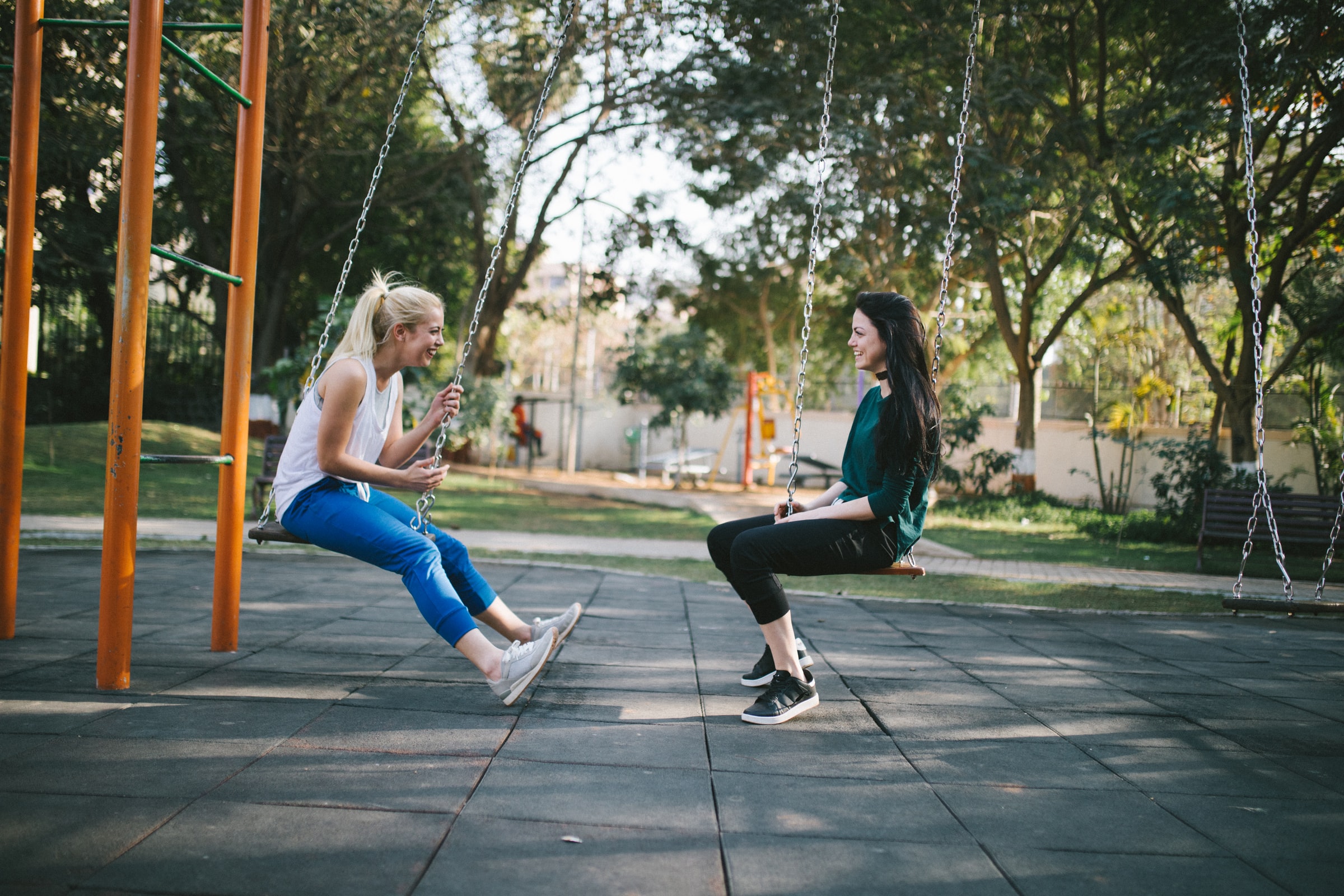
Back to Class!
The 2020-21 school year will long be remembered as the year of the Zoom classroom. Many students spent the entirety of the academic year learning from their bedrooms or the kitchen table. Those who did return to the classroom likely didn’t do so until well into the spring, not long before summer break. As most schools plan for a return to in-person instruction, it may be creating a lot of mixed emotions for both students and parents. There are steps you can take to prepare your students and make the transition back to the classroom easier.
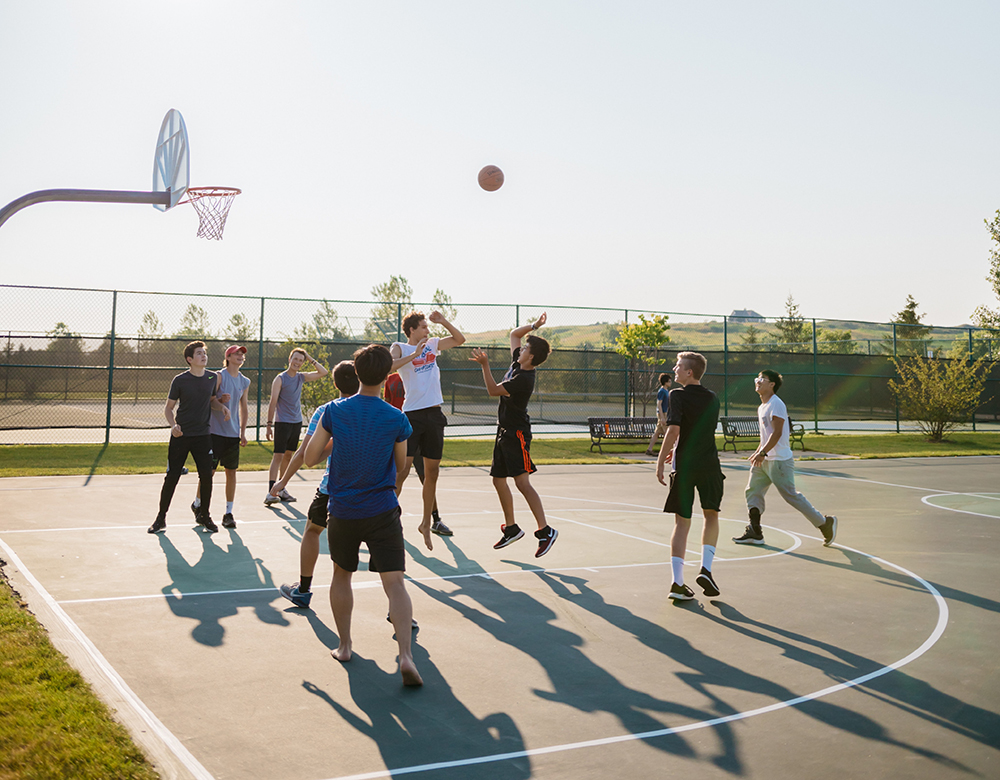
- The unknown:
Students, especially younger ones, might be nervous to go back to school and uncertain about COVID-19 safety protocols and their own risk. You can prepare them for this by reassuring them and also practicing implementation of protocols that will be observed in classrooms. For example, if your children aren’t used to wearing masks for long periods of time, make practicing a family affair. Wear your masks around the house for a set amount of time and then increase the time each day so they can get used to it. Review other ways they can stay safe such as maintaining social distance from other students and not sharing food, beverages or even school supplies like pencils or markers. Make sure to send them to school with snacks and a complete lunch, as well as other items such as a small container of hand sanitizer and an extra mask or two in case the one they’re wearing gets wet or dirty. Older students may feel peer pressure to circumvent some of the COVID-19 protocols. Make sure they understand the seriousness of the situation and not to forget all they’ve learned in the past year. For those students 12 and older, being vaccinated can both minimize their risk of infection or serious illness as well as give them a stronger sense of security. /wp-content/uploads/2021/08/Back-to-class-pic-3-scaled.jpg - Social connections:
Another area of concern is the rebuilding of social relationships. Students were home for a long time, unable to socialize with their friend groups like they normally would. First graders returning to school may have never even sat in a classroom if their K-12 school was virtual for the entire school year. Second grade students similarly will have had limited time in a classroom. Teachers will likely focus on helping students socialize as well as freshening up on skills such as working in groups, respecting boundaries, socializing outside the classroom and so on. With some of the restrictions lifted recently, it’s likely that many students have been gathering with their peers again over the summer. However, that may not be the case for everyone and it isn’t surprising that some of those relationships may have changed. Bernadette Hernandez, an Education Consultant, suggests that students act as if they are starting a new school. They will naturally want to renew old friendships but it’s also a good time to start new friendships. It’s important that parents remain positive and confident in order to encourage students to do the same.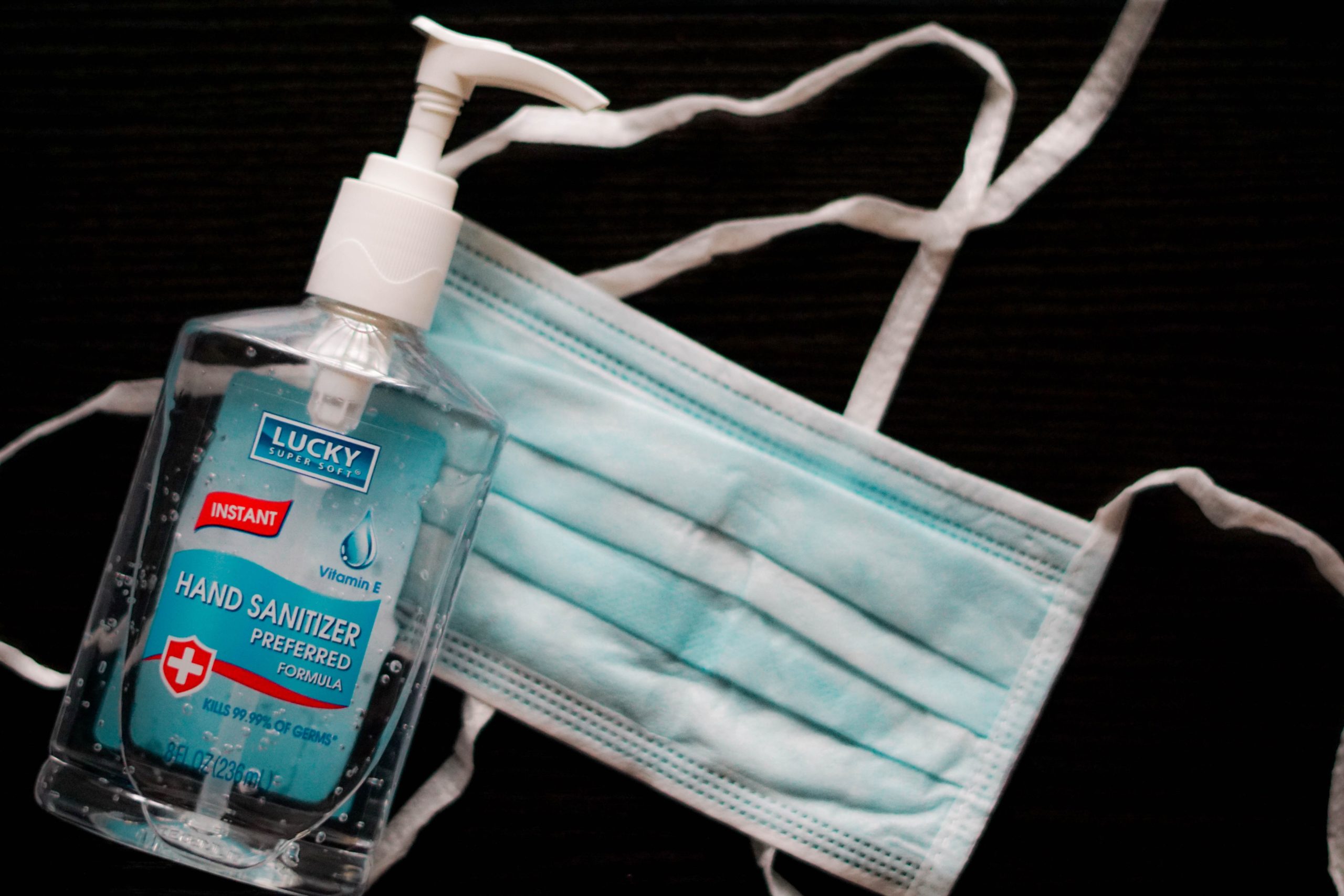
- Anxiety and stress:
Parents should also be on the lookout for signs of undue stress or other issues in regard to students’ return to school. Knowing the signs of your child being under duress (headaches or an upset stomach for example) can help you identify when your child needs extra support. With teens, this can be a bit more challenging. At this
age, many students don’t share everything going on in their lives with their parents, and even though it’s natural to want to know everything, parents should resist that urge and just look for subtle signs that things may not be okay. If your teen has managed well throughout the quarantine, give them some space. But if you begin to see signs of stress, you can drop little hints such as observing that they seem to be a little stressed. Make sure they know you are there for them but also suggest that maybe they reach out to friends if that would be helpful. Dr. Vanessa Jensen, a pediatric psychologist, calls this the “raindrop theory,” in other words, dropping little hints to let your teens know you’re there for them if they need it without overwhelming them. - Academics:
Academically, students will also need to adjust to being back in the classroom and on a more regulated schedule with their peers in class with them. Still, things will not be the same as they were before COVID-19. Just like in all aspects of life, students should expect a new normal, whether that’s smaller classrooms, more distancing between students or even perhaps some classes meeting outdoors or having a hybrid schedule that mixes in-person education with at-home learning. Encourage your students to embrace flexibility and be patient with themselves as they adjust. Some students may have fallen behind academically or may have a harder time with new material and/or the pace of learning. Be sure you are on top of your student’s academics and that you are there to offer support if necessary. Encourage your students to ask their teachers if they need help, to work with other students when appropriate, and to let you know if they need more support. Offering help at home and/or one-on-one professional tutoring to keep your students on top of their work can definitely ease the transition into the new school year and ensure that your students perform to the best of their ability and with confidence!
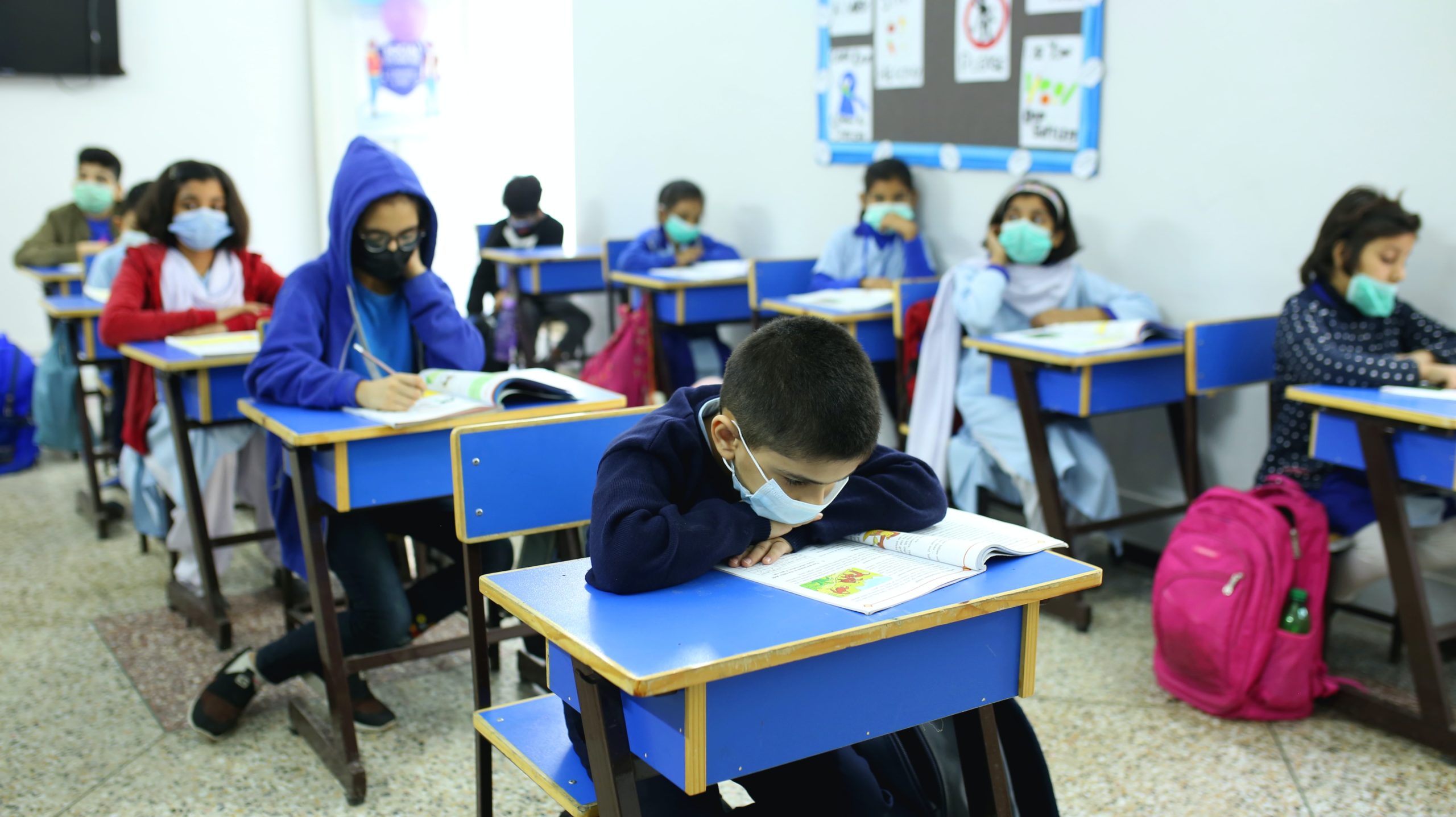
If we have learned anything over the past 18 months, it is that this pandemic is unpredictable, as new variants and numerous outbreaks continue to impact the lives of everyone worldwide. Encourage your students to be flexible, patient and positive as we all continue to navigate our way through this extraordinary time period.

